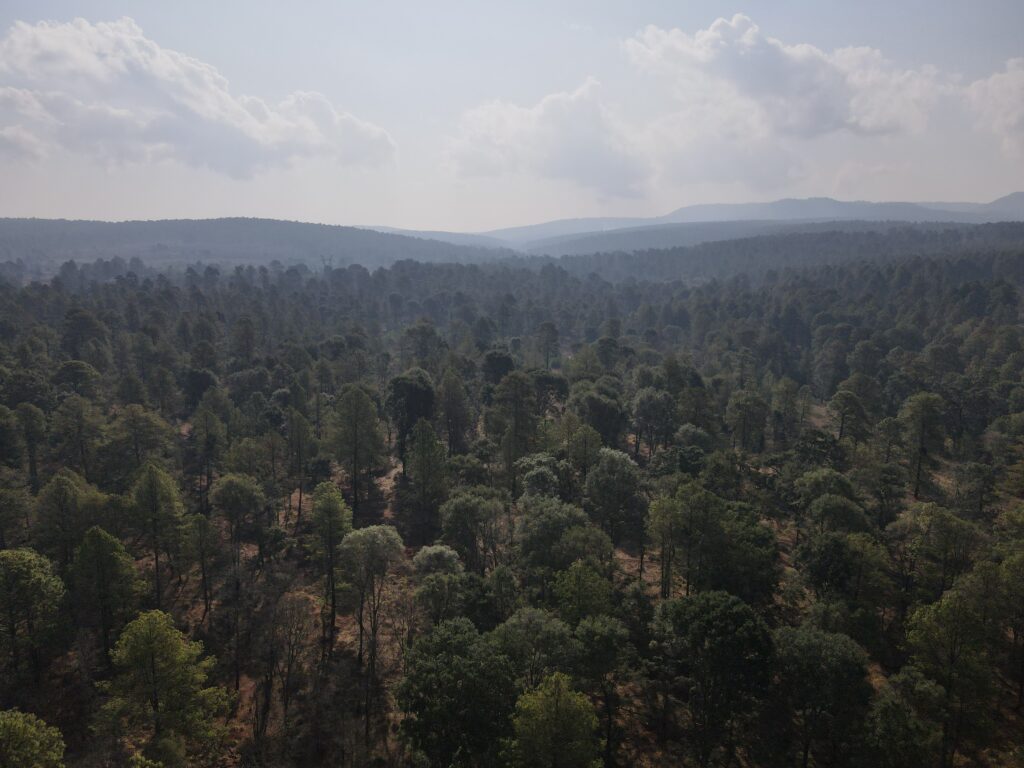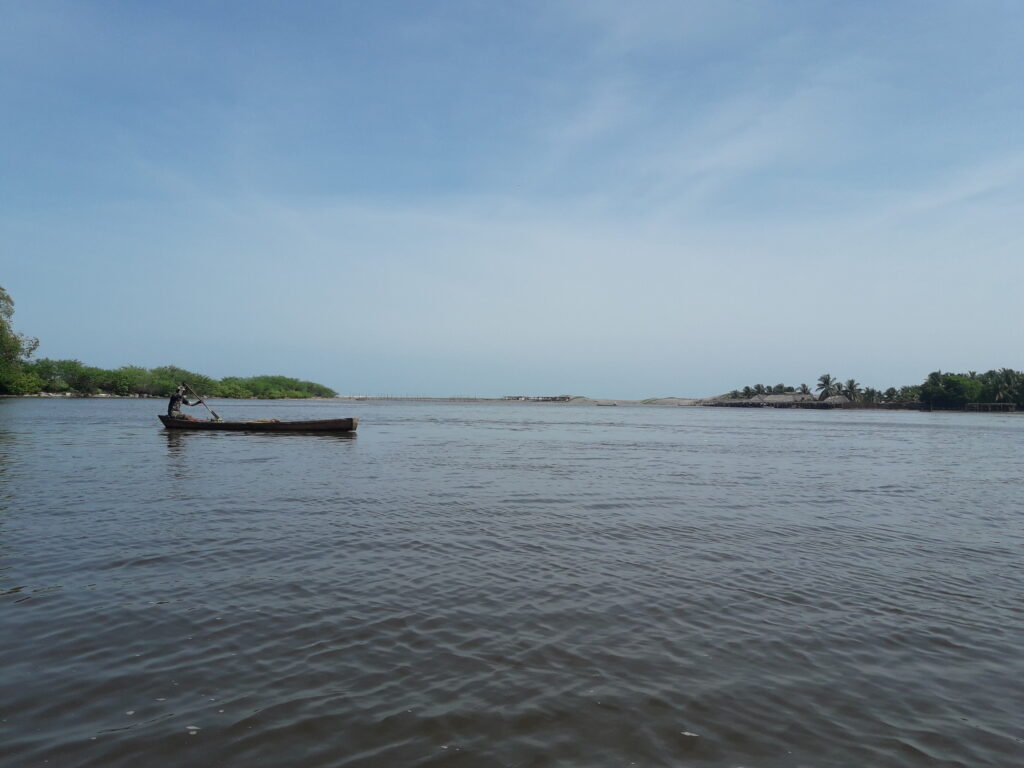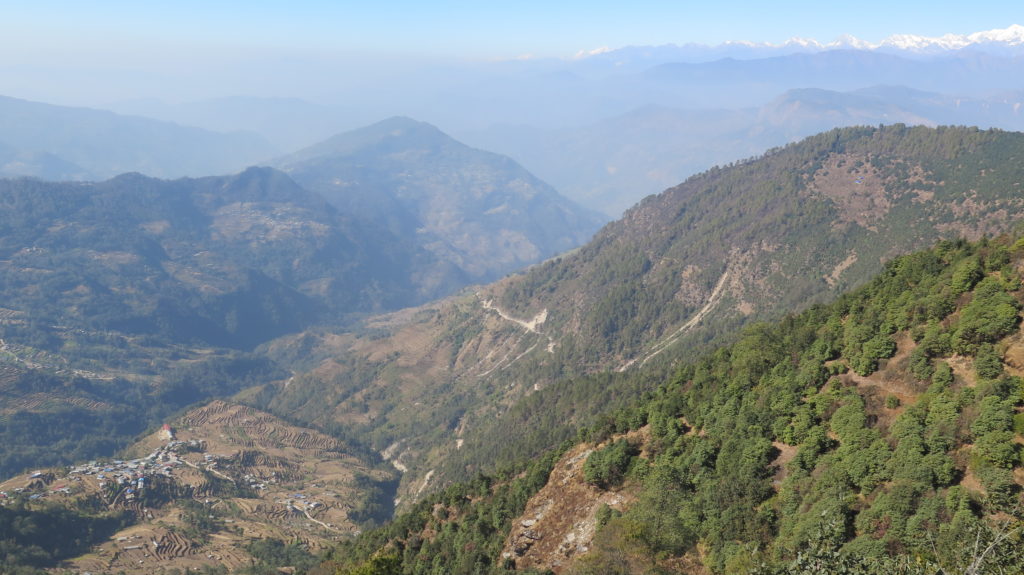
Case study
Landscape initiative maturity: A roadmap towards greater credibility and resilience
As we gain a deeper understanding of both the complexity and fragility of our planet’s life-support systems, the field of sustainability is evolving. In this decade, it is crucial for us to recognize that humanity’s needs are profoundly interconnected with the protection of the Earth’s natural resources. Our well-being, and ultimately our survival, depend on such an understanding, and the legacy of this moment in history will be defined by our collective ability to act upon it.
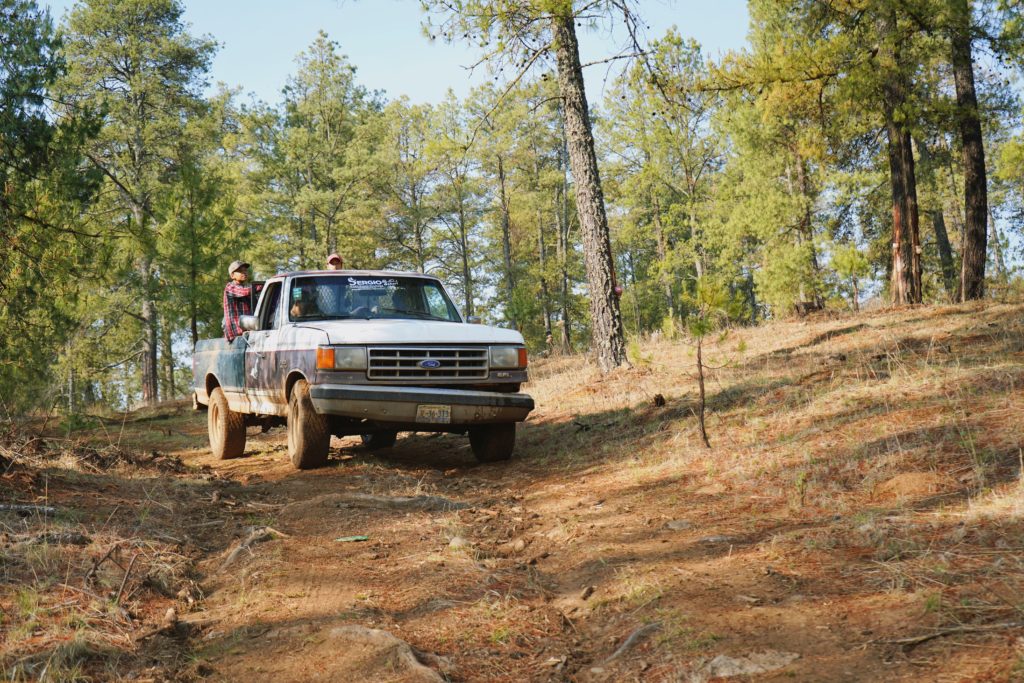
Although our interactions with natural systems have dramatically increased and intensified over the past two centuries, we humans tend to normalize our surroundings, often overlooking even significant changes and contributing to shifting baselines. This means that we have steadily degraded ecosystems, sometimes to the point of depletion, without even noticing.
However, even with this bias, there is a growing sense that our surroundings no longer feel normal. Data from a word usage tracker indicates that the term ‘conservation’ peaked around 1980 and has since been in decline, while ‘sustainability’ has steadily risen and surpassed ‘conservation’ in 2017. This gradual yet significant shift in terminology reflects a generational change in the way we relate to the natural world. It suggests that we are beginning to realize that we can no longer act as we have—taking what we want without considering the consequences. A new understanding is taking shape: a flourishing world is possible, and we are learning how to achieve it.
Accordingly, more companies and organizations now recognize that to sustain healthy production, human populations, and ecosystems, their sustainability efforts must be large-scale and include a wide range of relevant stakeholders. This necessitates collaboration with and investment in landscape and jurisdictional initiatives as a key strategy to mitigate risks and support resilient value chains. Such an approach demands serious, long-term partnerships among diverse bodies and actors.
To foster these collaborative efforts, it is vital to establish a common understanding of what defines a credible, effective, and resilient landscape initiative. A unified approach is essential to ensure resources are used effectively and to maximize impact. Instead of describing individual efforts in disparate ways, we require a global, collective understanding. While this presents a challenge, we have begun laying the groundwork for a solution.
As we strive for this common understanding, we present the ‘Landscape Initiative Maturity Framework’: a set of sub-criteria designed to assess the maturity of landscape initiatives. In this article, we will outline its content and purpose.
While this article reviews the sub-criteria from our original framework linked above, the framework has recently evolved with input and endorsement from additional stakeholders in the landscape approach movement. This revised version offers further guidance for landscape initiatives striving toward maturity and, ultimately, resilience. The LandScale team will work to implement this version in due course.
Defining landscape initiative maturity
In 2023, CDP developed a Maturity Matrix consisting of four criteria: scale, multi-stakeholder process or platform, collective goals and actions, and transparent reporting or information system. These criteria represent a bold first step toward establishing a shared understanding.
Why the term ‘maturity’? This term captures the essence of what a landscape initiative aims to achieve. A mature landscape is one where human populations and the environment thrive together, creating a lasting balance for the future. The concept of maturity allows us to evaluate whether an initiative includes the key elements necessary for enduring positive impact.
LandScale, in collaboration with CDP, SBTN, and ISEAL, enriched these four criteria by adding nine sub-criteria, which enhance the specificity and implementability of the original matrix. Here, we will provide a brief rundown of each sub-criterion.
As we go through each sub-criterion, we will reference the Sierra de Tapalpa landscape located in southern Jalisco, Mexico. This region is renowned for its rich biodiversity, diverse microclimates, and stunning scenery, but it also faces challenges from agricultural expansion and tourism activity.
We will highlight which of the sub-criteria the Sierra de Tapalpa landscape has already achieved, and which it is working toward.
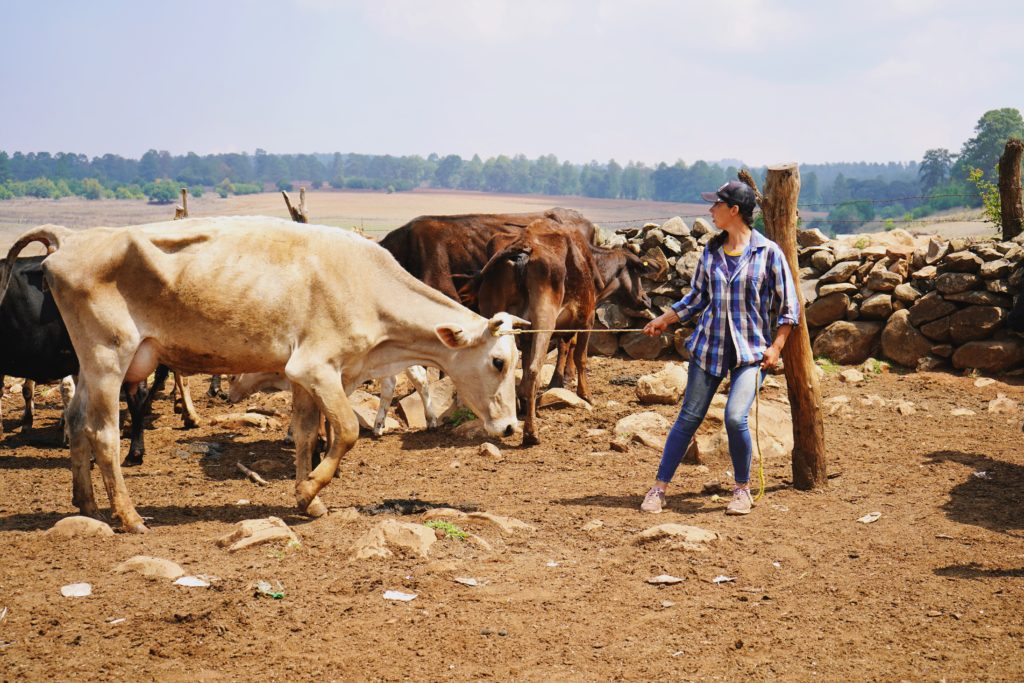
Scale
Landscape boundary
For a landscape initiative to have a meaningful impact, it must be large enough to influence systemic conditions while still being small enough to be managed effectively. Typically, this means covering at least 10,000 hectares, though the area may vary depending on the context. Some initiatives operate on hundreds of thousands, or even millions, of hectares.
Working at the landscape scale helps ensure that harmful practices, such as deforestation or pollution, are not simply shifted to nearby areas—a phenomenon known as ‘leakage’—and encourages more sustainable practices across the entire area.
The Sierra de Tapalpa landscape spans 196,000 hectares in southern Jalisco, Mexico, and includes four municipalities: Atemajac de Brizuela, Chiquilistlán, San Gabriel, and Tapalpa—an area nearly three times the size of Singapore.
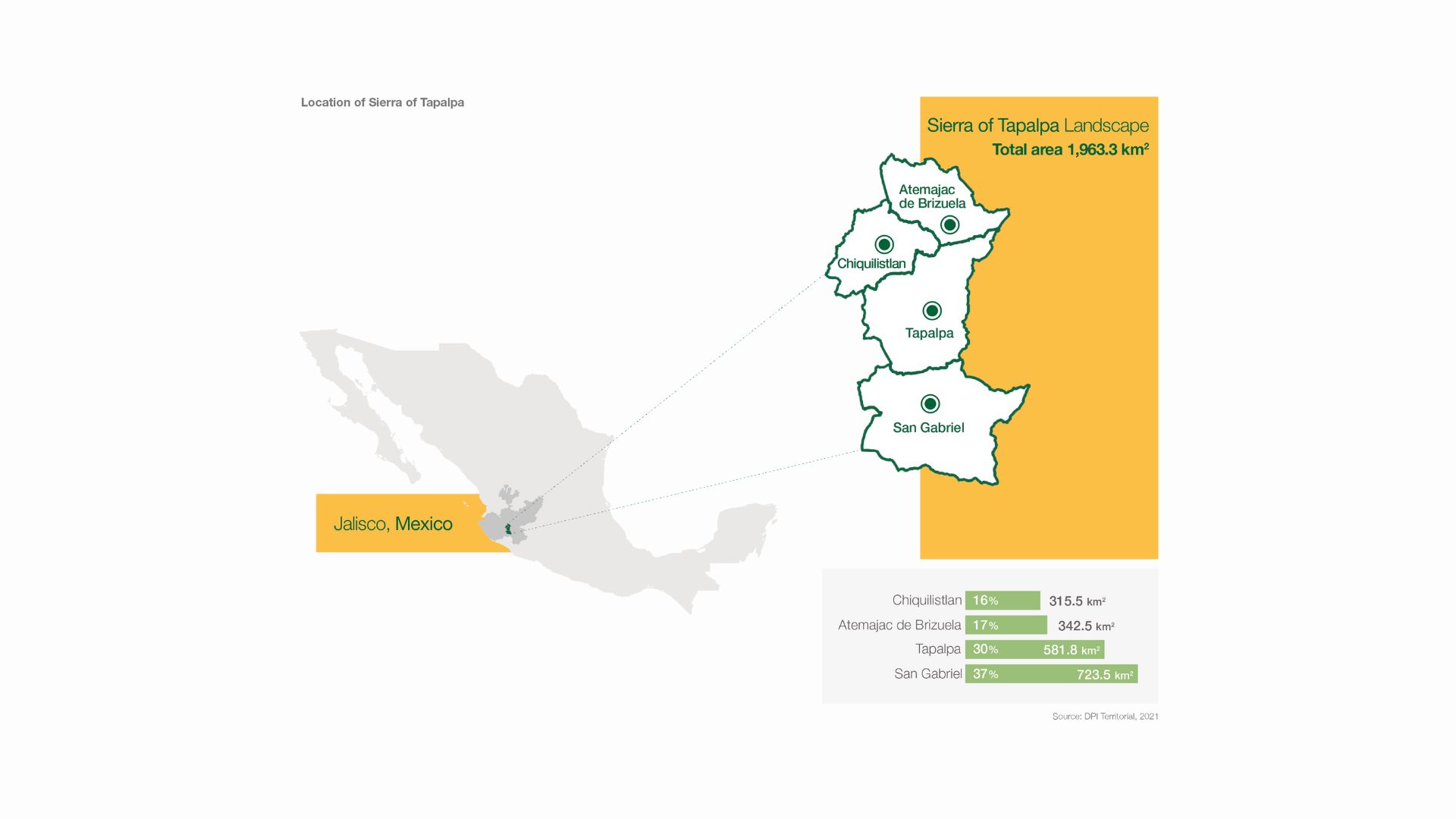
Multi-stakeholder process or platform
Stakeholder engagement
For sustainability efforts to be holistic and adequately supported, it is essential to involve a broad range of stakeholders within the landscape. At a minimum, at least three distinct stakeholder groups must participate in the initiative. A group qualifies as a stakeholder if it is a formal partner, plays a role in managing or implementing the initiative, or provides funding.
Recognized stakeholder groups include government entities, NGOs and civil society, local communities, Indigenous peoples, producers, the private sector, and financial institutions.
The Sierra de Tapalpa initiative exemplifies this diversity of stakeholders, encompassing representation from:
- NGOs: Rainforest Alliance
- Government bodies: Government of the State of Jalisco; the Secretariat of Environment and Territorial Development; Intermunicipal Environmental Boards
- Local communities: Association of Women Egg Producers; Ejidos
- Financial institutions: FIPRODEFO
- Private sector: Driscoll’s; Berrymex; Association of Avocado Producers and Exporters of Jalisco; Sierra Mazati
Formal partnership
While engaging a broad range of stakeholders is crucial, the establishment of concrete, written agreements is equally important. These agreements clearly outline each participant’s responsibilities, fostering accountability for action. Although a written collaboration agreement is not always necessary for stakeholder engagement, it formalizes the partnership and enhances accountability in achieving landscape goals. Importantly, not all stakeholders need to be part of the formal partnership; the primary aim is to confirm a commitment to collaboration in a way that works for everyone involved.
The Sierra de Tapalpa initiative formalized the establishment of a local committee in 2021 to ensure that a diverse range of stakeholders and interests are represented in decision-making, thereby promoting transparency, accountability, and inclusion.
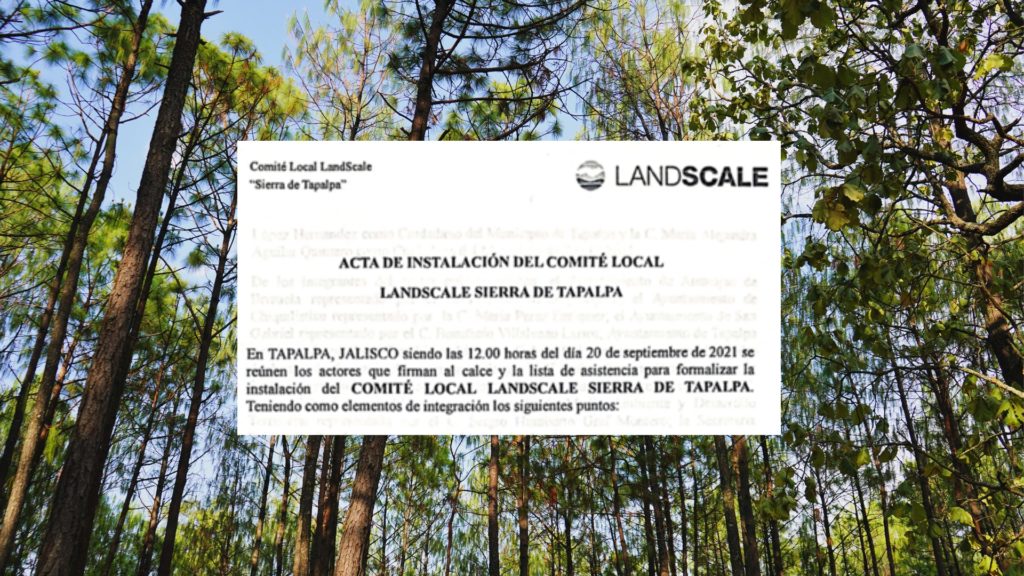
Collective goals and actions
Goals
Establishing clear goals is essential for guiding landscape initiatives effectively. Each initiative should identify at least three landscape goals, ensuring that at least one is environmental and one is social. Each goal must be accompanied by specific, measurable milestones and target deadlines. This approach guarantees that initiatives pursue actionable objectives that address both environmental and social aspects in tandem.
For instance, an environmental goal might be to reduce deforestation by 20% from the 2020 baseline by 2030, while a social goal could focus on increasing household income by 15% through sustainable agriculture and forestry practices by 2032.
The Sierra de Tapalpa initiative initially established landscape objectives with a five-year horizon. However, in 2024, as they formalize the area as a biocultural landscape—holding the same legal status as a protected area or national park, but with unique characteristics—they needed to adjust their goals to a 15-year timeframe. This revision process has fostered dialogue among stakeholders, allowing them to envision the landscape long-term, a perspective not common among many participants in the partnership.
Action plan
To ensure each goal is achievable, it is essential to develop a realistic action plan that is publicly accessible. This plan should outline a clear, step-by-step approach for how the initiative will meet its objectives.
For example, an action plan could involve implementing training programs for local communities on sustainable land management practices, or establishing market linkages for sustainably sourced products.
Additionally, although the framework does not explicitly require it, having a robust investment plan is crucial for initiatives to sustain their efforts and ensure that the necessary resources are available for implementation.
The Sierra de Tapalpa landscape has established an action plan that has been pivotal in fostering dialogue among stakeholders from the outset. This action plan has been vital for building a collective vision for the landscape and was essential in the early stages of its formation, as it provided the necessary direction for initiating meaningful collaboration.
Collective monitoring framework
Activity monitoring
Regular reports, produced at least every 18 months, track progress and setbacks in implementing the activities outlined in the action plan. These reports help ensure that the initiative stays on course and adapts to changes as needed.
Although the Sierra de Tapalpa governance bodies have planned to set up a monitoring, evaluation, and learning committee to track progress, report on annual work plans, measure impact, and lead triennial evaluations, the committee has not yet been established. Once formed, this committee will be responsible for producing follow-up reports on the Action Plan, planning future LandScale evaluations, and providing key information to support decision-making at the highest governance level.
Landscape baseline
A baseline assessment of the ecological and social conditions of the landscape has been conducted and is publicly available. This assessment serves as a foundational reference point for measuring progress and impacts, ensuring that there are no shifting baselines over time.
The Sierra de Tapalpa landscape conducted a holistic baseline assessment using LandScale, which was published in 2022. This assessment revealed that the landscape serves as an important corridor between various ecosystems, facilitating the movement of large mammals, and providing other valuable insights that have informed their work.
Landscape performance monitoring
A time-series analysis is publicly available for all indicators from the baseline assessment, including at least two data points (the baseline and a more recent result). This analysis enables tracking changes over time and evaluating the effectiveness of the initiative.
As of 2024, the Sierra de Tapalpa initiative is working on a reassessment of the landscape to identify any changes from the baseline and to continue informing their work while evaluating the effectiveness of their interventions.
Landscape performance validation
All results from the baseline assessment and subsequent performance evaluations are validated by an independent entity not involved in the assessment or the initiative. This process ensures the credibility and objectivity of the results.
The baseline assessment, along with the reassessment of the Sierra de Tapalpa landscape, was conducted using LandScale, enabling third-party validation by the LandScale team and a local review by relevant stakeholders to ensure that the results accurately reflect the landscape’s reality.
A landscape’s journey toward maturity
As demonstrated above, the Sierra de Tapalpa landscape initiative has achieved various badges—indicating that they meet the relevant sub-criteria—while progressively working toward others as it develops and adapts over time. By fulfilling these sub-criteria, stakeholders in the landscape have gained a clearer understanding of their strengths and weaknesses. Gaps can now be identified and addressed more easily, while successes can be recognized and built upon.
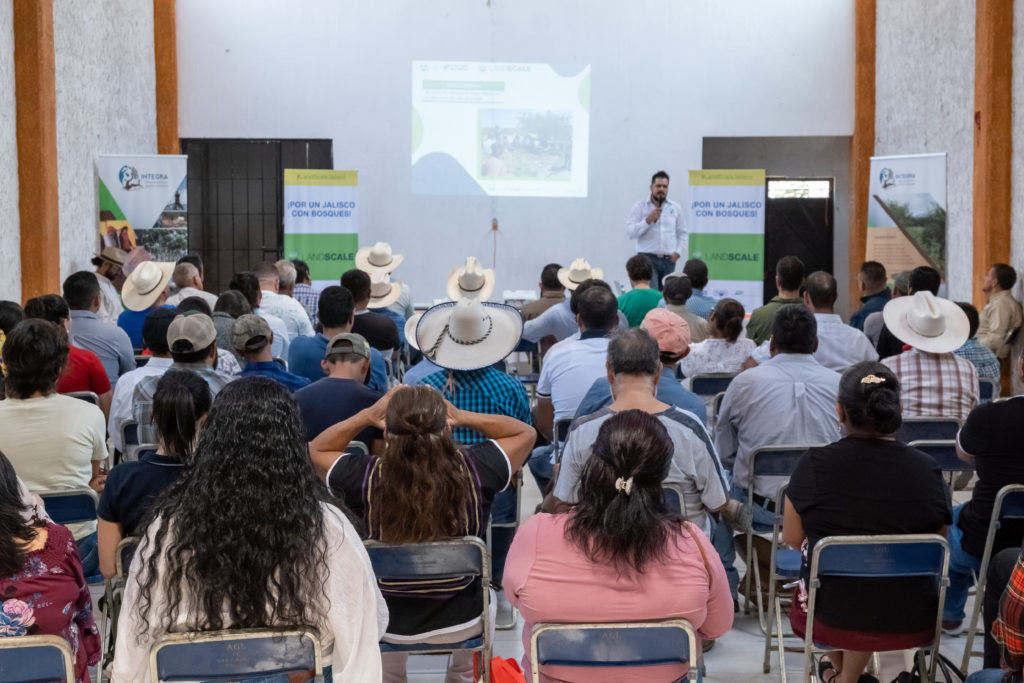
We acknowledge that evaluating the maturity of landscape initiatives may seem daunting. However, this is not merely a form-filling exercise; it is a dynamic and evolving journey tailored to each initiative’s unique needs. The world is diverse—every landscape presents distinct challenges and opportunities, and the framework is designed to adapt accordingly. For instance, while a formal partnership may be essential for one initiative’s success, that may not hold true for another. In some cases, the framework may simply provide a strong foundation for expanding beyond the current scope.
The goal is not perfection. Just as our understanding of what constitutes a healthy landscape evolves, so too will this framework. The process of landscape initiative maturity is not linear; there is no required order in which to progress through it. That said, each initiative must first meet the landscape boundary sub-criterion to confirm that it operates at the landscape level—a well-defined boundary provides the foundation for reliably assessing the remaining sub-criteria.
Planting the seeds of resilience
We hope this illustrates the potential that these sub-criteria can unlock, and how the Landscape Initiative Maturity Framework serves as both a common language and a roadmap for building resilience in landscapes over time. Whether you are part of an organization already engaged in a landscape initiative, or are looking to support one, this framework can facilitate gap analyses and serve as a basis for identifying aspects of Integrated Landscape Management that require further focus and investment. Ultimately, this framework empowers you to make more informed decisions.
To make this even easier, LandScale is currently offering initiatives the chance to create a public profile on its user-friendly platform and receive a free, validated evaluation of their maturity. Participating initiatives can showcase their results on our platform, which was especially relevant in 2024 as CDP’s disclosure questions encouraged companies to include public links to the initiatives they support. This alignment offered initiatives a unique opportunity to increase their visibility and impact during the 2024 CDP cycle—just one of many ways our platform can amplify your initiative’s reach.
This is the future of sustainable development, and we invite you to be a part of it.
